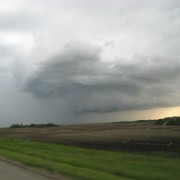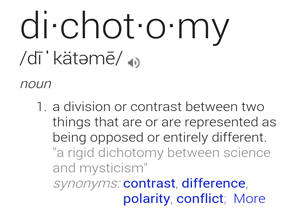Eat to Live, or Live to Eat
This week’s title is common phrasing when dealing with people who struggle with weight loss. While there are many factors that come into play for those who struggle with weight, a person’s caloric intake is often a major contributor. Making smart decisions about what to eat, when to eat, and how much to eat can be challenging for many people who are trying to do a better job of managing their health, not just those with weight issues. The question of “why” they eat gets into the psychology of the issue, which, coincidentally, leads into the real topic behind this week’s commentary.
Spending time at Canada’s Farm Progress Show in Regina each June has been something I’ve looked forward to for as long as I can recall. Remember, I knew I wanted to farm since I was less than 10 years old, so the Farm Progress Show was a more tantalizing buffet to the teenage me than even an actual buffet! (BTW, I still have an appetite like an 18 year old farm boy.)
The desire for more and new farm equipment seems almost insatiable, and begs the question:
Do we have all this equipment so we can farm, or do we farm so we can have all this equipment?
- I recently met a young farmer who, while struggling to establish adequate cash flow, explained why another 4WD tractor on his 2,000ac farm will make him more efficient (he’s a sole operator with no hired help…how one man can drive more than one tractor at one time is something I can’t quite wrap my ahead around.)
- You may recall from a few months ago the fictional story about “Fred” and how he NEEDED another combine. Despite his banker’s advice, he forged ahead.
- Conversely, another farmer I speak with frequently is feverishly trying to rid himself of the over-abundance of iron on his farm.
- Another is protecting his farm’s financial position by keeping the absolute bare minimum amount of equipment on his farm. Nowhere is there a “nice to have” piece of equipment on that farm; everything is “fully utilized.”
During the week of the June show in Regina, I read a tweet from an urban, non-farming young lady who was seeing the Farm Progress Show for the first time; it said (something along the lines of) “all this big beautiful equipment makes me want to go farming!”
Direct Questions
What circumstances must be present for you to consider additional equipment?
Does any equipment deal have to make for a sound business decision, or simply fill a desire?
Is your equipment a tool to operate your farm, or is it the reason you farm?
From the Home Quarter
In these weekly editorials, you have read about Mindset, about Strategy, and about Focus; these topics (and many of the others) challenge the conventional thinking in the industry today.
Those who bow to the mistress that is their farm equipment are only enjoying short term excitement. The mistress entices her suitor, subservient to the raucous cycle, and she soon becomes the one in charge.
Just ask anyone trying to get out of multiple leases…










